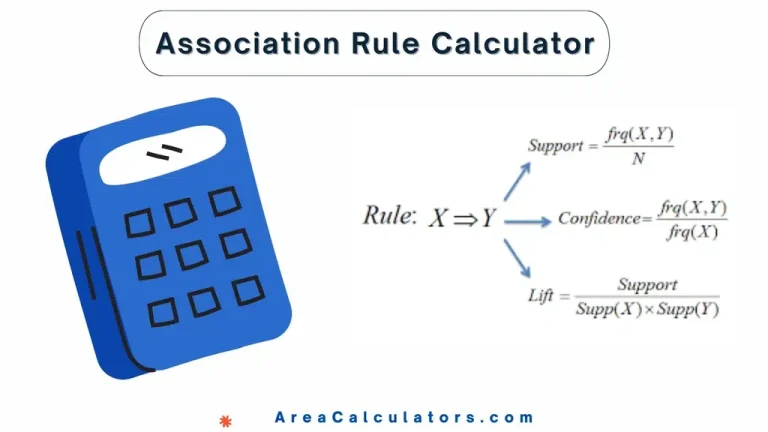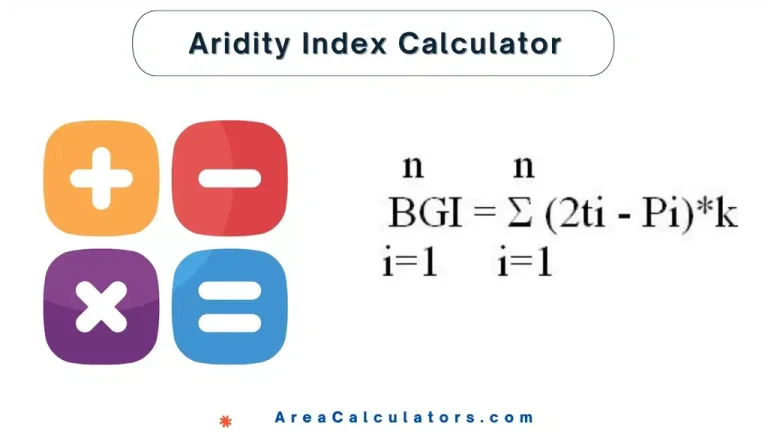Drill SFM Calculator
To determine the surface feet per minute (SFM) for drilling, multiply the cutting speed by the diameter of the drill and convert the result into feet per minute using a standard formula.
To determine the surface feet per minute (SFM) for drilling, multiply the cutting speed by the diameter of the drill and convert the result into feet per minute using a standard formula.
The Drill SFM Calculator is a vital tool for machinists and engineers to optimize drilling operations by calculating the surface feet per minute (SFM). SFM represents the speed at which the cutting edge of the drill moves through the material, ensuring efficient and precise drilling.
| Variable | Description |
|---|---|
| SFM | Surface Feet per Minute |
| RPM | Revolutions Per Minute |
| Drill Diameter | Diameter of the Drill (in inches) |
Example 1: Calculate SFM for a drill with a diameter of 0.5 inches operating at 1500 RPM.
| Step | Value |
|---|---|
| Drill Diameter | 0.5 inches |
| RPM | 1500 RPM |
| SFM |
Example 2: Calculate the RPM for achieving an SFM of 300 with a drill diameter of 0.25 inches.
| Step | Value |
|---|---|
| SFM | 300 |
| Drill Diameter | 0.25 inches |
| RPM |
The Drill SFM (Surface Feet per Minute) Calculator is a practical tool designed for machining and drilling professionals. It helps determine the optimal surface speed for drilling operations, ensuring efficiency, precision, and minimal tool wear.
By evaluating parameters like drill diameter and rotational speed, it enables users to set the correct values for their equipment.
Whether you’re working with HSS drill bits, optimizing drill speeds and feeds, or adjusting cutting speeds for materials like steel, this calculator is invaluable. It simplifies the process of determining the best drilling parameters, enhancing productivity and reducing errors.
For example, it can calculate the appropriate surface speed to improve drilling performance, prevent overheating, and maintain tool integrity.
With applications in industries requiring accurate machining and optimal feed rates, this tool is both versatile and essential.
To conclude, the Drill SFM Calculator offers an efficient way to optimize drilling operations. Its user-friendly approach ensures precise machining, making it a valuable tool for professionals across industries.

To calculate the association rule, divide the support of both items (X ∪ Y) by the support of the first item (X). This gives the confidence of the association. Association Rule Mining is an important concept in data mining, especially for market basket analysis. It helps find interesting relationships or patterns between variables in large…

To calculate the calories in a baking recipe, multiply the weight of each ingredient by its calories per gram and sum up the results. Baking Calories Calculator Basic Calculator Advanced Calculator Enter any 3 values to calculate the missing variable Flour (grams) Sugar (grams) Butter (grams) Total Calories Whole Wheat Flour (grams) Brown Sugar (grams)…

READ ALSO: Basis Of Image Calculator
To find the date 92 days from today, simply add 92 days to the current date. 92 Days From Today Calculator Enter today’s date to calculate the date 92 days from today. Today’s Date Date 92 Days From Today Calculate Reset The 92 Days From Today Calculator can provide a straightforward way of anticipating the…

Use our basic and advanced Amniotic Index Calculators for easy and instant calculations! An Amniotic Fluid Index (AFI) Calculator is essential for expecting mothers to monitor the fluid surrounding their baby. Amniotic fluid plays a vital role in the baby’s growth and development, and maintaining an optimal level is crucial. The AFI is calculated via…

Enter the values of Annual Precipitation, Potential Evapotranspiration, monthly data to calculate with our basic and advanced Aridity Index Calculator ! Welcome to the Aridity Index Calculator! Have you ever wondered how to measure the dryness of a climate? The Aridity Index provides a simple way to assess the relationship between precipitation and potential evapo-transpiration,…